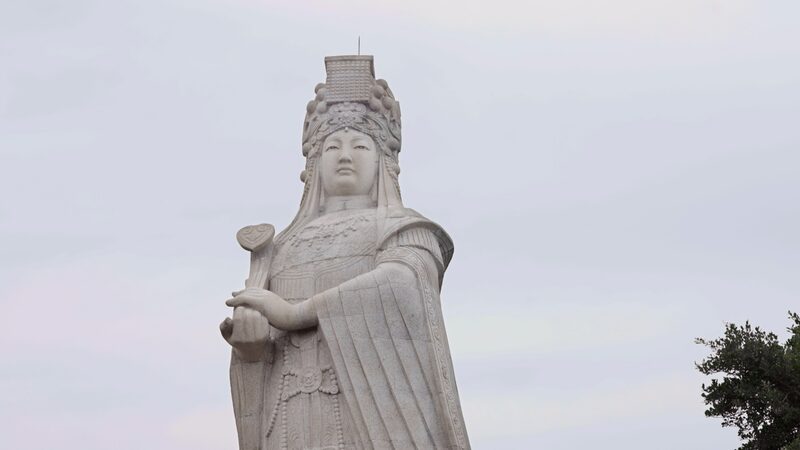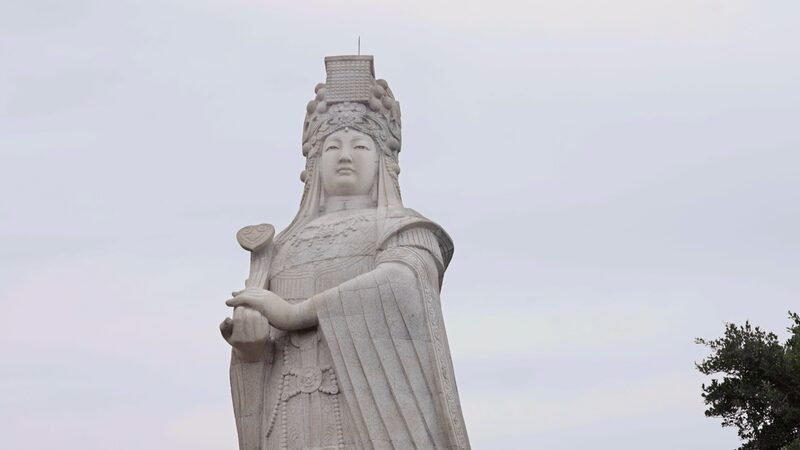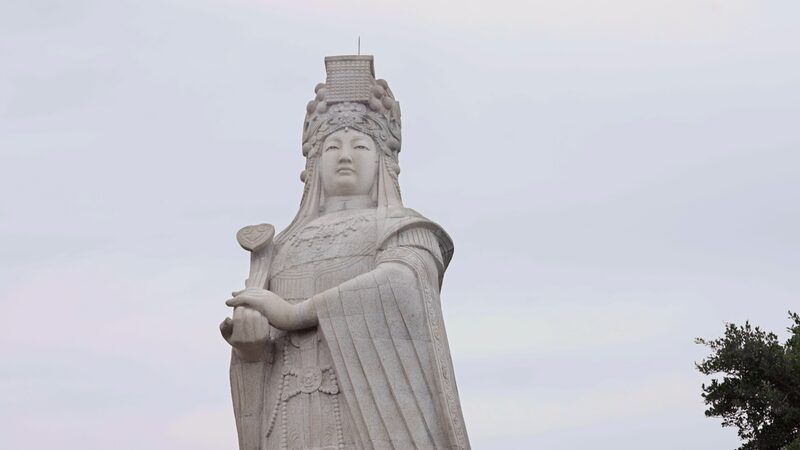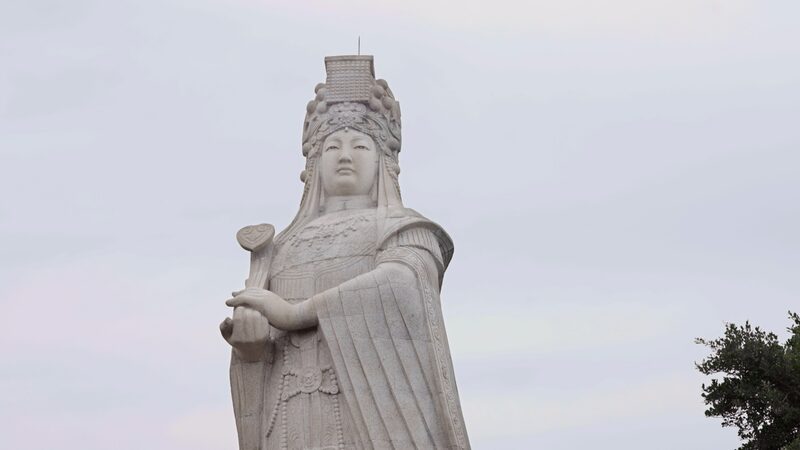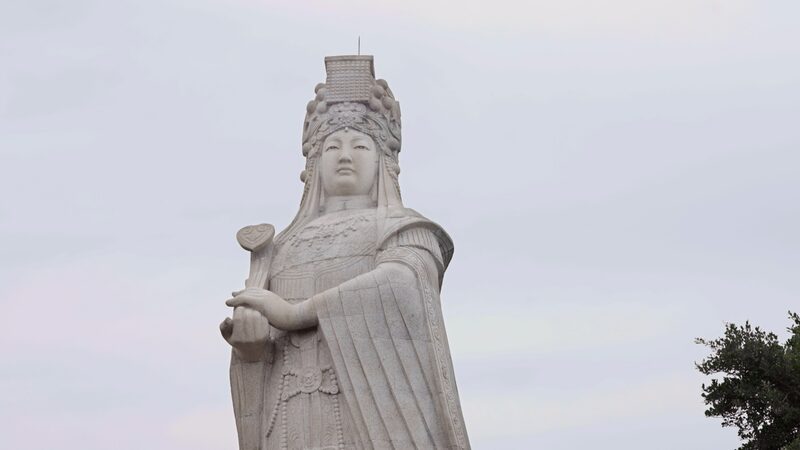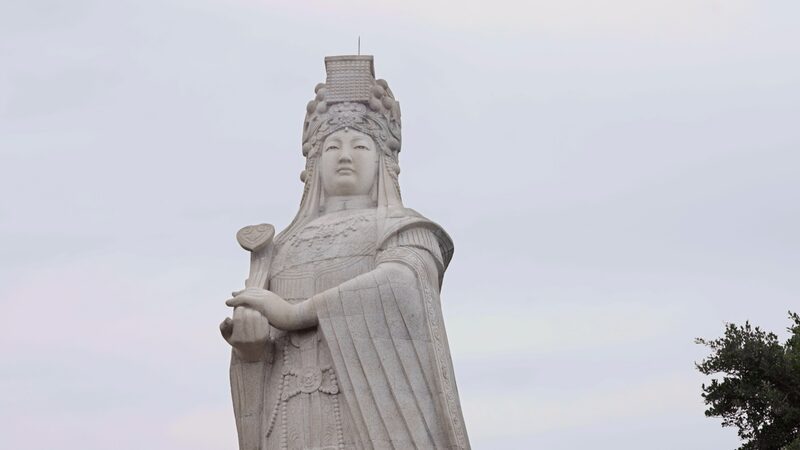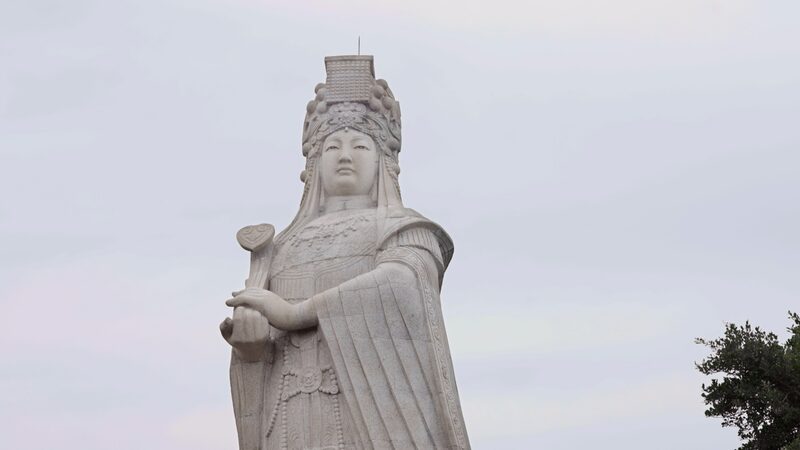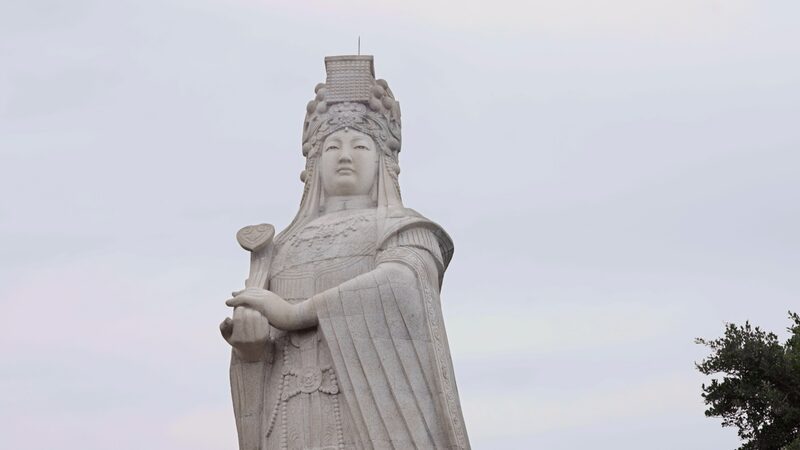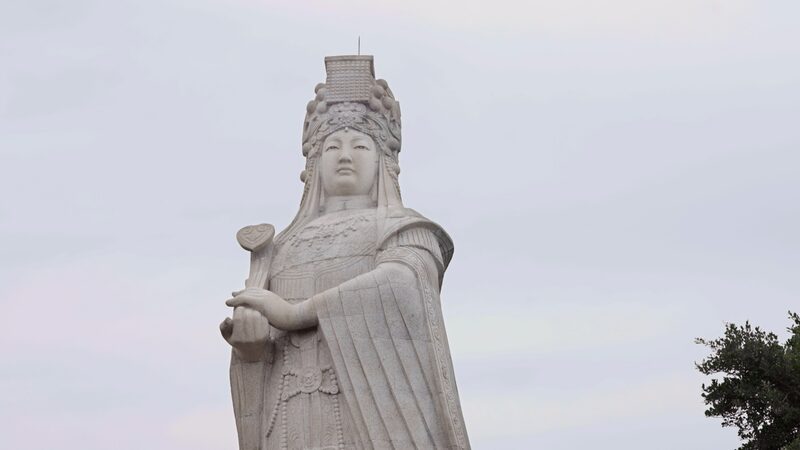A majestic statue stands proudly on Meizhou Island in Fujian Province, southeastern China. This impressive monument depicts Mazu, the revered sea goddess worshipped by millions across Asia. Visitors flock to this site, drawn by the spiritual significance and the breathtaking view over the Taiwan Strait.
What many may not realize is that this statue is part of a pair. Across the waters, on the island of Taiwan, an identical statue of Mazu graces the top of the Mazu Culture Tower at Chaotian Temple in Beigang. Together, these twin statues gaze toward each other, symbolizing the enduring cultural and spiritual bonds that span the strait.
The story of these statues is a tale of shared heritage and mutual reverence. Mazu, born as Lin Mo in the 10th century, is venerated as the protector of seafarers and fishermen. Her legacy transcends borders, uniting communities through faith and tradition.
The decision to erect these statues on both sides of the strait was a collaborative effort aimed at fostering cultural exchange and understanding. They serve not only as religious icons but also as bridges connecting people through their common history and beliefs.
Visitors to Meizhou Island and the island of Taiwan can experience this profound connection firsthand. The statues stand as a testament to the enduring influence of Mazu's legacy and the deep-rooted ties between the communities.
The twin statues of Mazu continue to inspire pilgrimages, festivals, and cultural events that celebrate this shared heritage. Their silent gaze across the Taiwan Strait embodies the hope for continued unity and peace.
Reference(s):
The Journey of the Goddess | The story of the Mazu stone statues
cgtn.com
